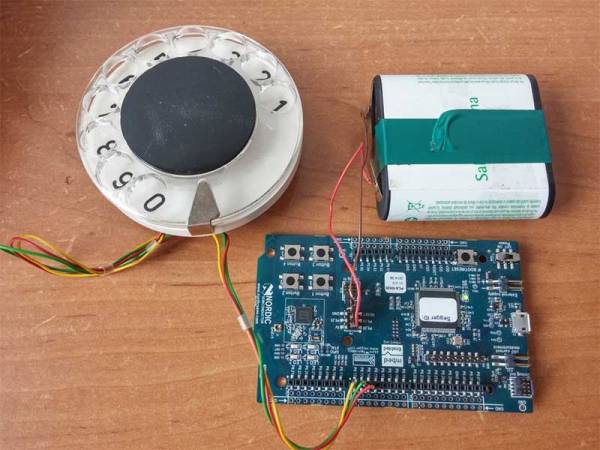The theme of this year’s Hackaday Prize is to build something that matters, and there is nothing more important than water quality and pollution. Everything we eat and drink is influenced by the water quality in rivers and reservoirs. C4Derpillar, a semifinalist for the Hackaday Prize, is solving the problems of water-related health issues with innovative sensors for under $500 USD per unit.
The C4Derpiller is using capillary electrophoresis (CE) to detect anions and cations in waterways. CE pulls a water sample through a very thin tube with an electric current. As water is moving through this capillary, a sensor is able to detect heavy metals, pesticides, and other pollutants in a water supply. The team behind C4Derpiller has written a few posts about the separation chemistry of their device
Commercial CE equipment costs tens of thousands of dollars. The team behind the C4Derpillar are hoping to develop their pollution monitoring device and make it available for about $500 USD. That’s cheap enough for multiple pollution monitoring stations in the third world, and by pushing the results to the cloud, the C4Derpillar will be able to monitor pollution in real time.
You can check out C4Derpillar’s Hackaday Prize video below.
Continue reading “Hackaday Prize Semifinalist: Water Quality Monitoring”
























